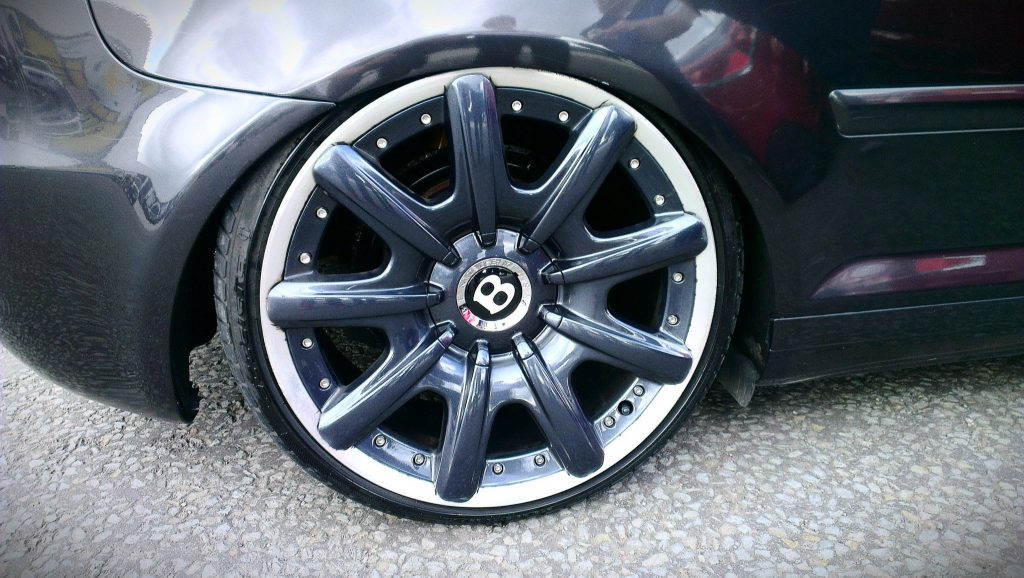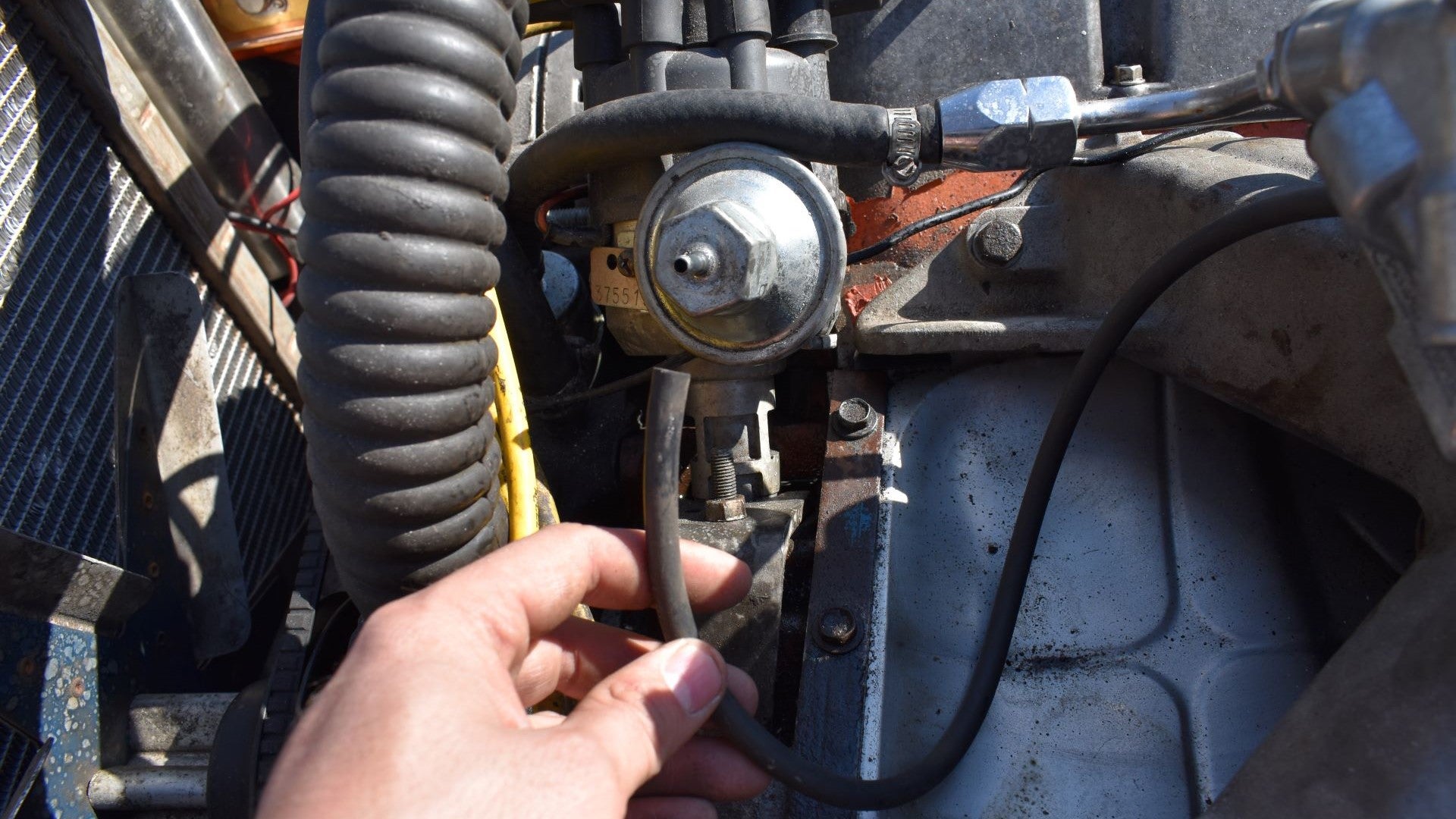The Right Way to Lower Your Suspension
For the auto DIYer, lowering your car is an excellent way to improve its style and performance. It’s also an easy job that can be tackled in a single weekend. And the parts won’t cost you a fortune. Do it the right way and you’ll get the perfect stance you’re looking for along with measurable improvements in handling response.
Here are tips from our Tinker experts on how to lower your car the right way.

Bump Travel is Crucial
Every vehicle has a fixed amount of suspension travel. When sitting still on its tires, the suspension is usually resting roughly in the middle of its total travel. The amount of upward travel available is called “bump travel” and the amount of available downward travel is “droop travel.”
Lowering your car trades bump travel for droop travel. That is, when the tire of a lowered car encounters a bump in the road, there is simply less distance available for your suspension to absorb the resulting jolt. In most cases, dropping your car “in the weeds” for that extreme “stanced out” look means removing too much bump travel. This will severely reduce the vehicle’s ride quality and adversely affect its handling, possibly to the point of being unsafe.
However, if you lower your car the right way and don’t increase the spring rates too much, you’ll get the stance you’re after and improve its handling response.
How to Lower Your Car the Right Way
The smartest and easiest way to lower your car is to buy lowering springs or a height adjustable set of coilovers. If you buy from a reputable manufacturer like Eibach or Swift you’ll get a well-engineered and safe product that will give you that hunkered down look and improved performance you’re after.
Many DIYers heat the suspension’s coil springs with a torch to lower their cars. Don’t do this. Heating a spring changes its metallurgy, making it more brittle and resulting in a broken spring. This would be dangerous to you and everyone else on the road.
Cutting coils from the springs to make them shorter is not quite as bad, but it often isn’t ideal. The springs of most production cars have ends that are deliberately shaped to sit properly in their seats. When you remove the top or bottom coils, the cut spring often won’t sit properly in its spring seats. It’s important to make sure the ends can still sit properly, or they can dangerously slip out of their perches on the road.

Cutting coils also increases the spring rate. It’s counterintuitive but true. This is okay if you don’t get too wild here and cut off too much. Double the spring rate and the ride might be overly busy, even on smoother roads. Keep the increase in spring rate modest, say 20-30%, and you won’t overwork the shocks or get a teeth-rattling ride.
More questions? Ask a Tinker Expert today!



